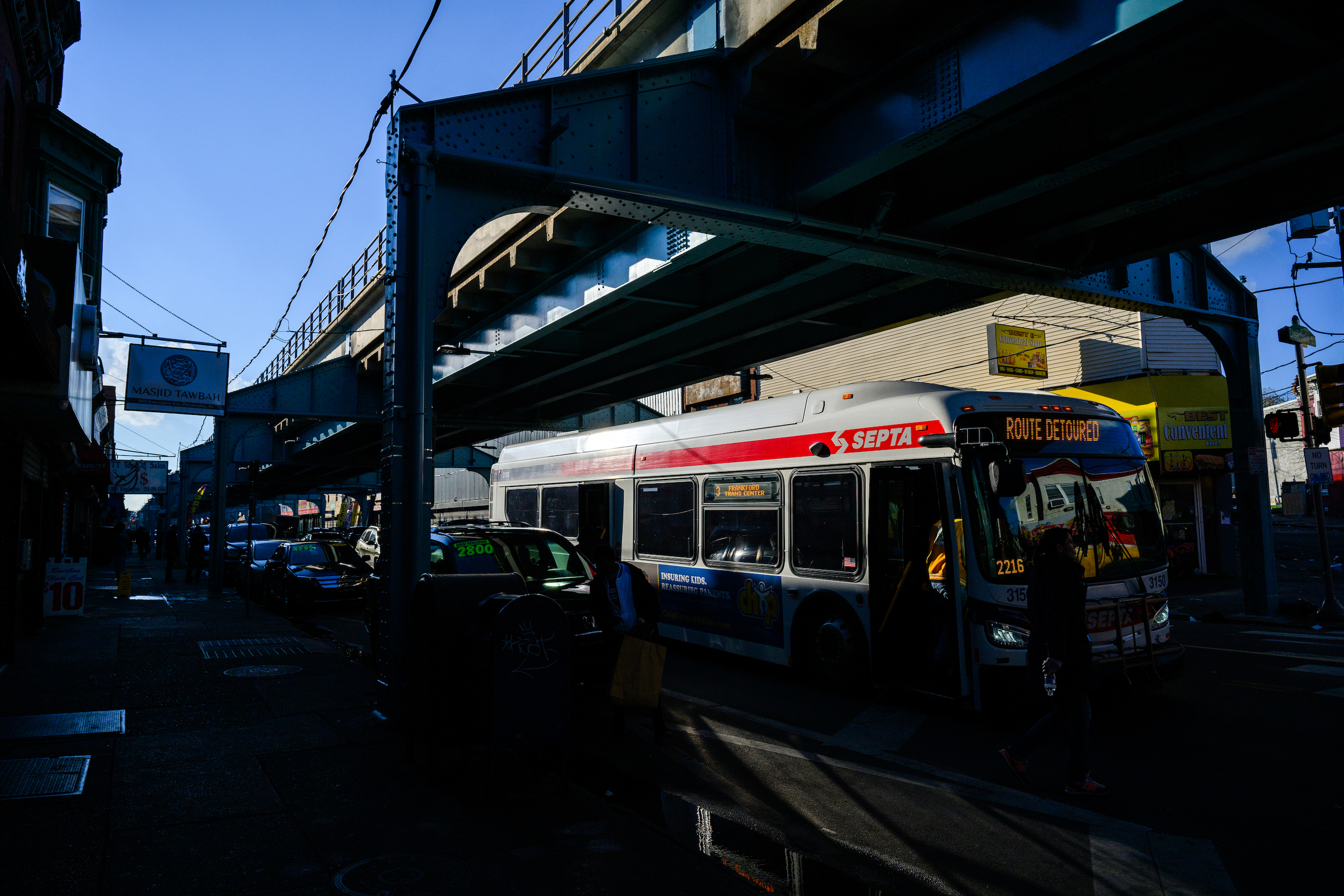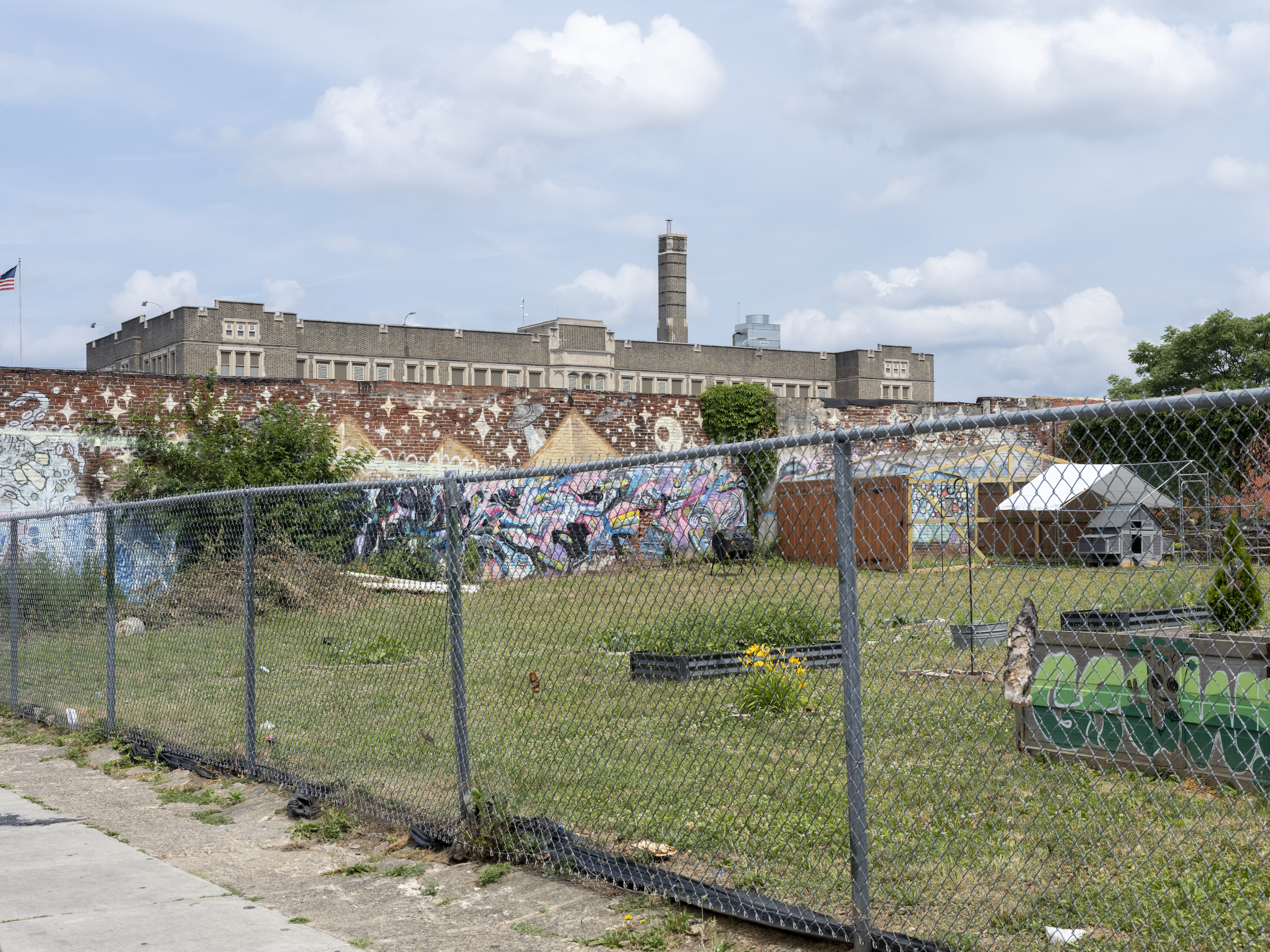This month, as news about violence on Philadelphia’s transit system just kept coming, I couldn’t help but think about Tyshaun Welles, a 16-year-old who was killed on the westbound 15th Street Station platform in Center City in January. Tyshaun had spent that evening dancing — he loved to dance — with friends at Level Up, an organization in West Philly that offers mentorship and programming for young people. He was a sophomore at Frankford High School, where he was known as a “regular,” respectful student. Tyshaun was an innocent bystander, engaging in the type of safe teen activities that many of us encourage. It gave me chills to think of the countless times when I stood on that very platform free of fear.
I came into the new year feeling optimistic, but stories like these have made it challenging to hold on to that glimmer of hope. Gun violence in Philadelphia is declining overall, but that isn’t generally the case for the Southeastern Pennsylvania Transportation Authority — and the heightened violence on SEPTA has got me feeling some type of way. In March alone, 15 people, from elders to high school students, were shot over the span of just four days. Three — 17-year-old Dayemen Taylor; 27-year-old Sawee Kofa; and 37-year-old Carmelo Drayton — were killed. Just this Monday, a shooting near SEPTA’s Arrott Transportation Center left Stephen Young, 33, dead and another man injured with wounds to his back and legs.
It wasn’t like this when I was young. At age 12, I began to ride SEPTA without adult supervision. I caught the 10 Trolley to the end of the line in West Philly and walked to Beeber Middle School. Our parents trusted that we would be safe: The worst we’d see was a little scuffle, or someone jumping the rail to avoid paying their fare. I never flinched when my friends and I squeezed into a jam-packed El heading eastbound to the Gallery (now the Fashion District) to go to the GAP, Express, and Cinnabon for treats on the ride back. SEPTA was one of the most exciting things about life back then — riding around the city by ourselves was our first taste of independence and responsibility.
I didn’t learn how to drive until four years ago. SEPTA was, for a long time, more convenient: It could get me to my destination quickly; it was not as costly as car maintenance; and I always lived off a good transit route. For years, I rode without encountering life-threatening safety issues. But today, the mere thought of catching any form of public transportation gives me intense anxiety.
I’m not alone in feeling unsettled. So, recently, I rode to the King of Prussia Transit Center, a major transportation hub, to talk to riders. I had to know what they were thinking. (I offered to quote people by their first names so they felt they didn’t need to hold anything back).
“Sounds like they need metal detectors,” said Diamond, a young woman who was waiting for the Route 139 bus. Diamond said that her bus often doesn’t show up, which could potentially put her at greater risk for harm. “Especially being a Black woman,” she said, “who is going to protect me?”
The indoor rest area at the transit center was totally out of commission — boarded up with chain locks on the door. It’s been like that for a long time, said Shonda, the mother of a 9-year-old and a 16-year-old, “and I don’t think they’re opening it back up.”
“I don’t feel safe at all [riding SEPTA],” she said. “But what am I going to do?”
Shonda, who was waiting for the 124 or 125, told me that her teenage son also rides SEPTA. She worries about his safety. When I asked her if SEPTA should be held accountable for the gun violence to some degree, Shonda quickly said no. “People have to be accountable for themselves. That isn’t SEPTA’s fault.” She went on to say that SEPTA could use more security, and then she hesitated.
“I know people don’t want to hear this, but it is the parents’ fault,” Shonda said after a moment. “I flip the bed, go through my kid’s room, the drawers, and am very involved. I know that my teen can possibly get into something when I’m not around, but I trust him.”
I ended my day at the King of Prussia Transit Center by talking with a young man who goes by Da Da. He told me about seeing a lot of police officers at the Wissahickon Transportation Center not long ago. “If only that was the case all of the time,” he said.
Da Da was unaware of the recent transit-related shootings. He told me that while he had never personally witnessed violence like that, he also doesn’t feel safe as a passenger. “That’s why my girlfriend doesn’t ride SEPTA in the evening,” he said. “It’s too dangerous.”
“But what I want to talk about,” Da Da continued, “is their technology. Do you know that most of the buses don’t offer Wi-Fi, and some buses don’t even have working outlets for you to charge your phone? That’s a safety issue, too.”
I thought back to the rest area. People charged their phones there once, and found shelter and comfort. Now it’s abandoned.
My colleague, Mensah M. Dean, recently reported on another aspect of SEPTA’s infrastructure. He discovered that SEPTA, amid record violence, quietly ended its contract with ZeroEyes, a company that manages AI gun-detection software. SEPTA also told him that while crimes on its property dipped slightly in 2023, the most serious crimes inched up or changed little.
I hadn’t worked at The Trace for a full month when I went to Broad and Fairmount to cover a vigil for Semaj Cherry, a 21-year-old man who was fatally shot on the subway after leaving a job interview in 2022. I don’t blame SEPTA for the shootings. But I do believe they can do a better job at making our transit system feel safer.

